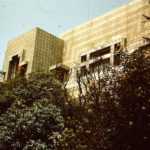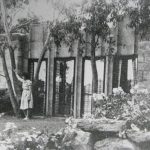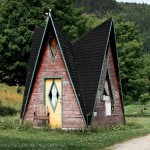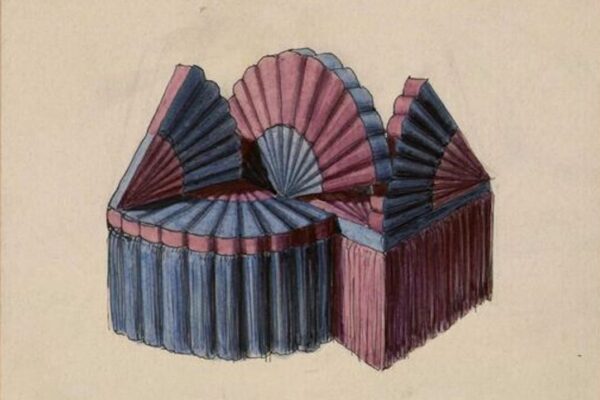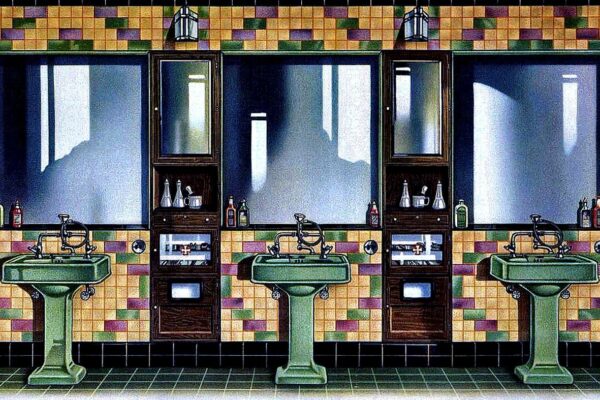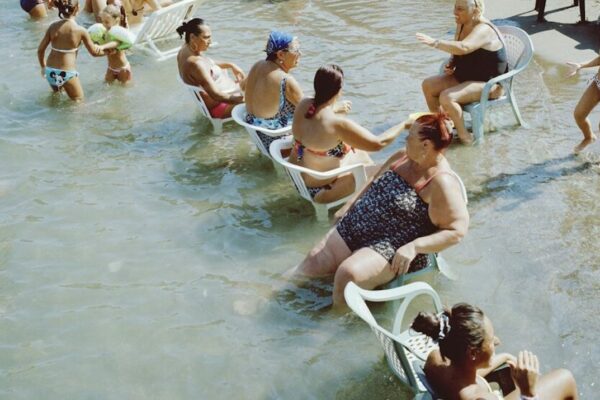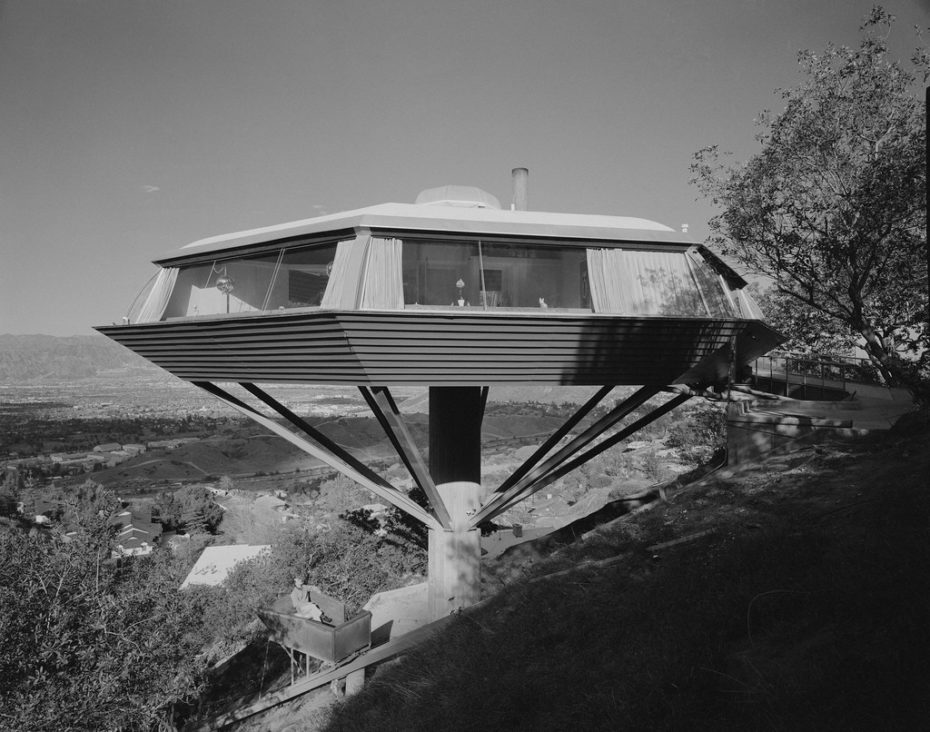
Why is it that the bad guy always inhabits an incredible spread? It seems every self-respecting movie villain needs a strategic hideaway to devise all their evil plans, so let’s take stock of some memorable cinema locations for movie villains with a weakness for Modernist design…
The Chemosphere House, LA
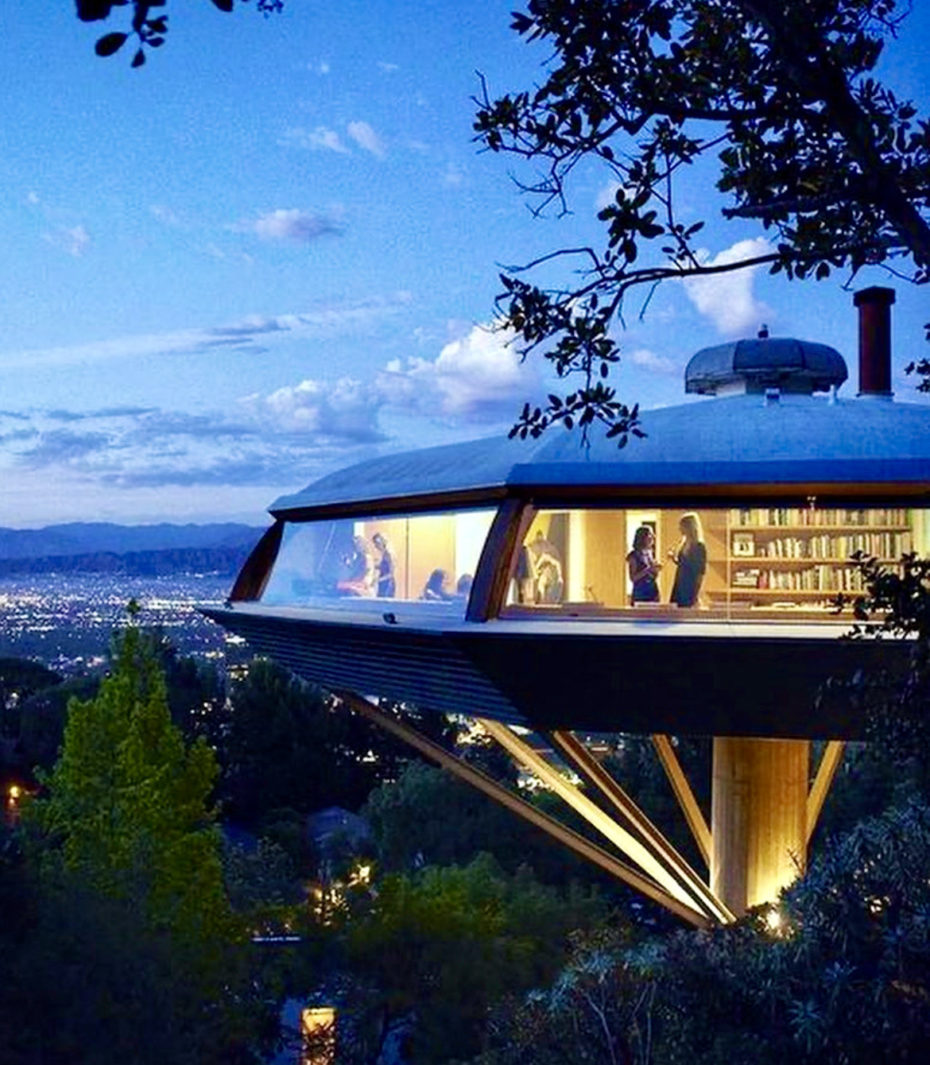
The Chemosphere, perched on the Hollywood Hills like an observatory, was designed by architect John Lautner, Frank Lloyd Wright’s apprentice. The story goes that in 1960 Leonard Malin, an aerospace engineer, was given a plot of land by his father-in-law to build a family house. The land turned out to be on steep hills and thus highly inhospitable to any type of development. Malin, who had a tight budget of $30 000, offered the challenge to Lautner, who came up with a one-story octagonal house design, which would be supported by several beams resting on a large concrete slab 30 feet high.
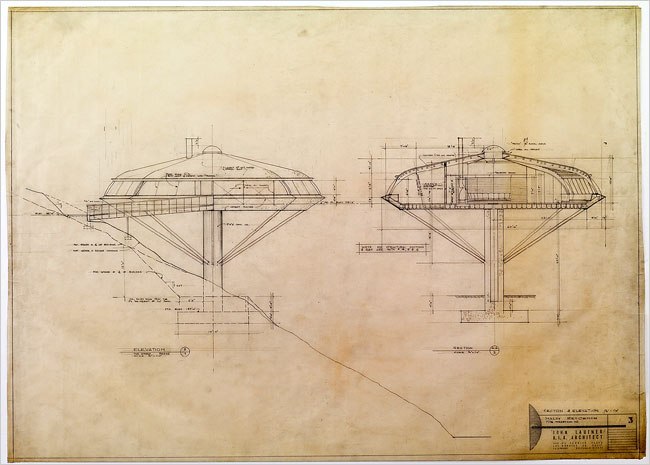
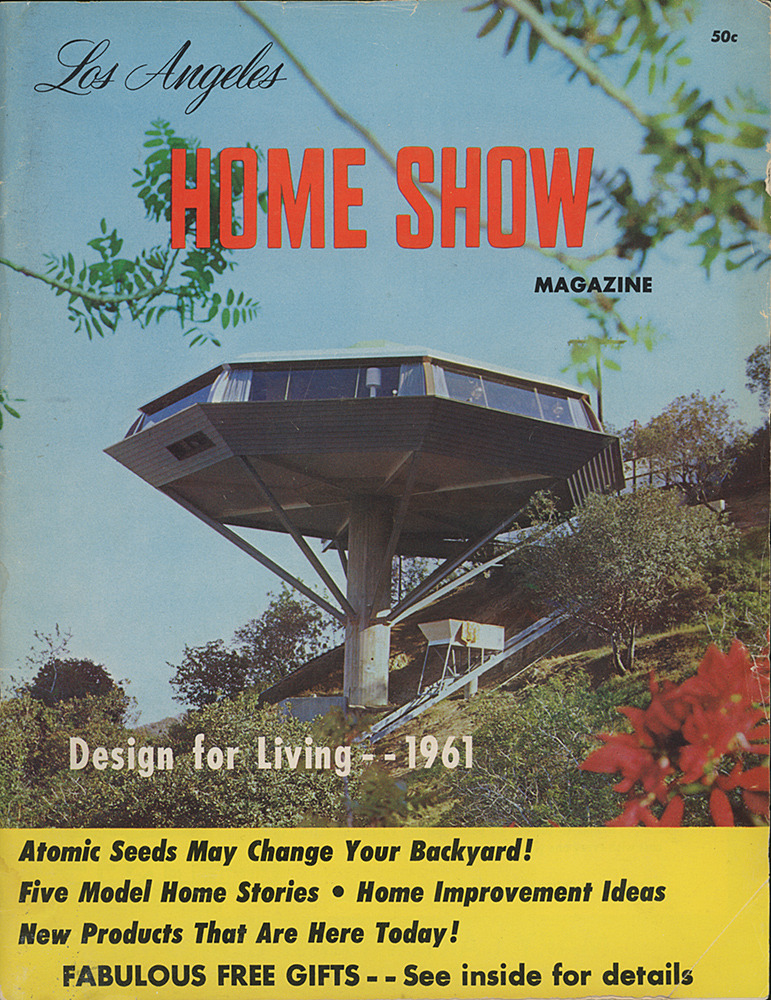
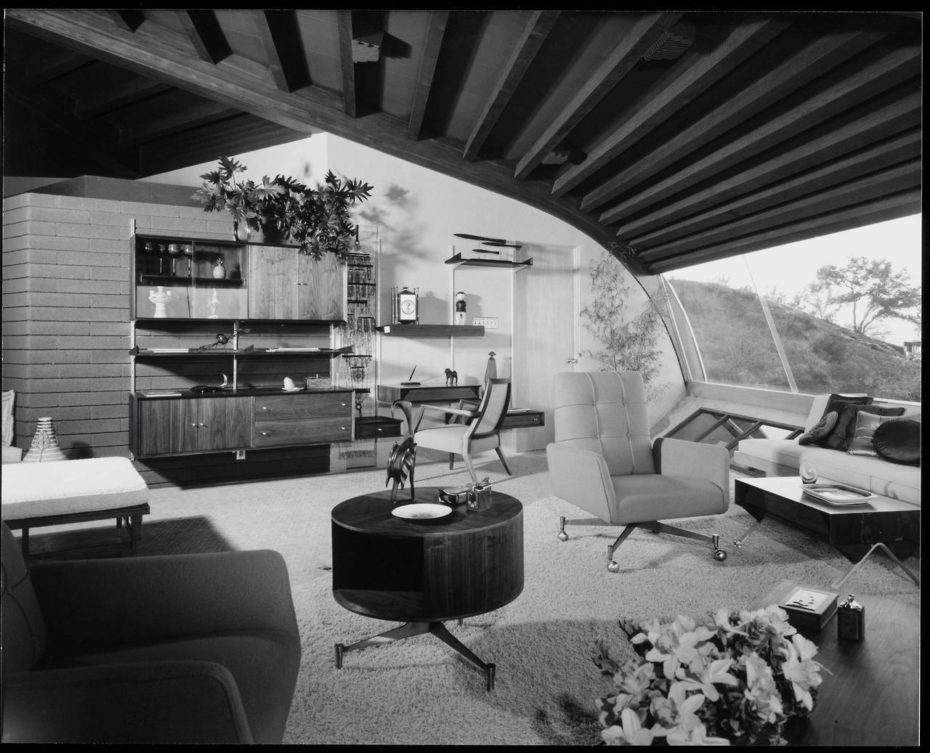
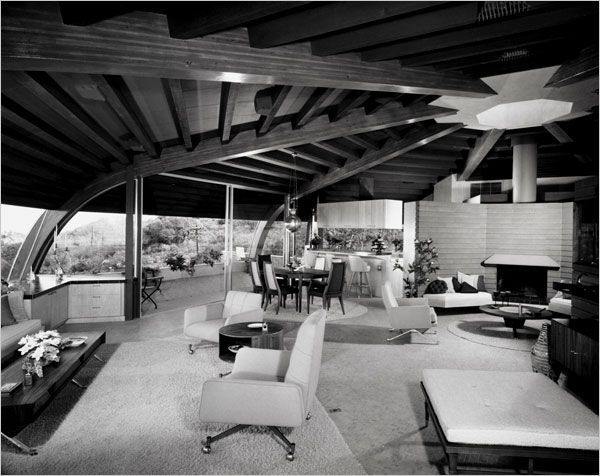
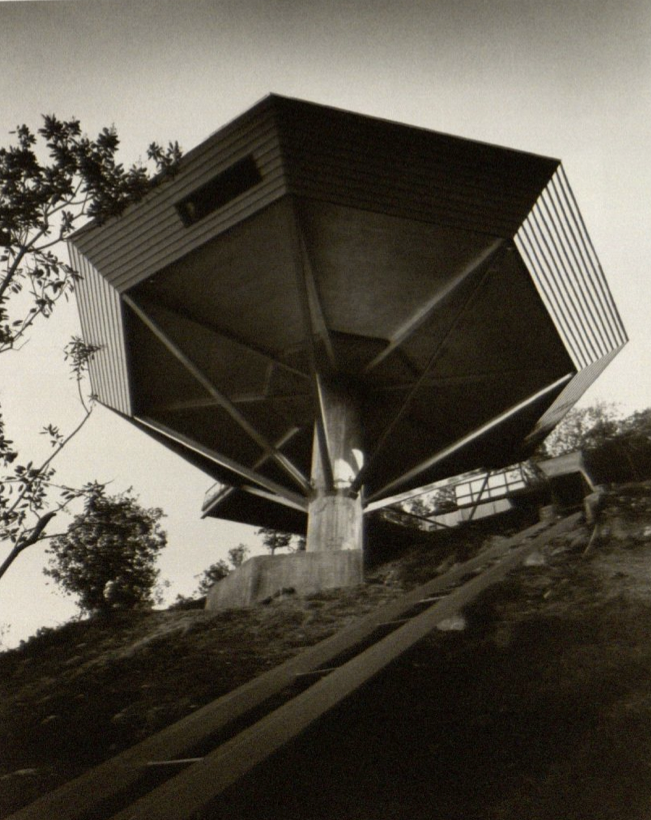
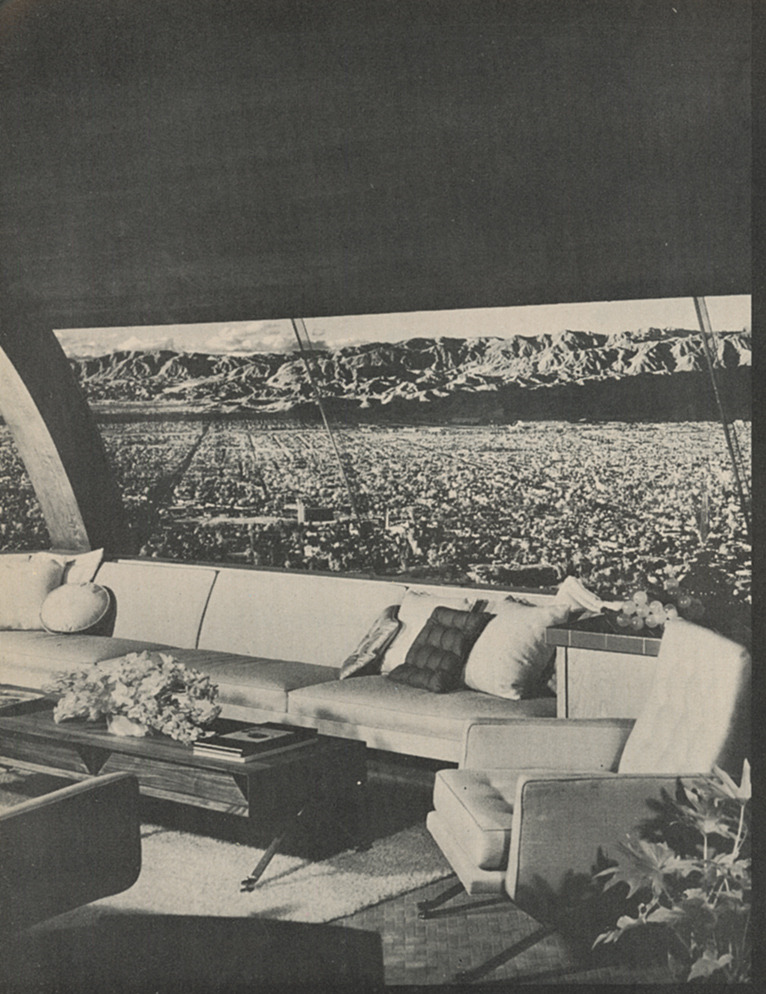
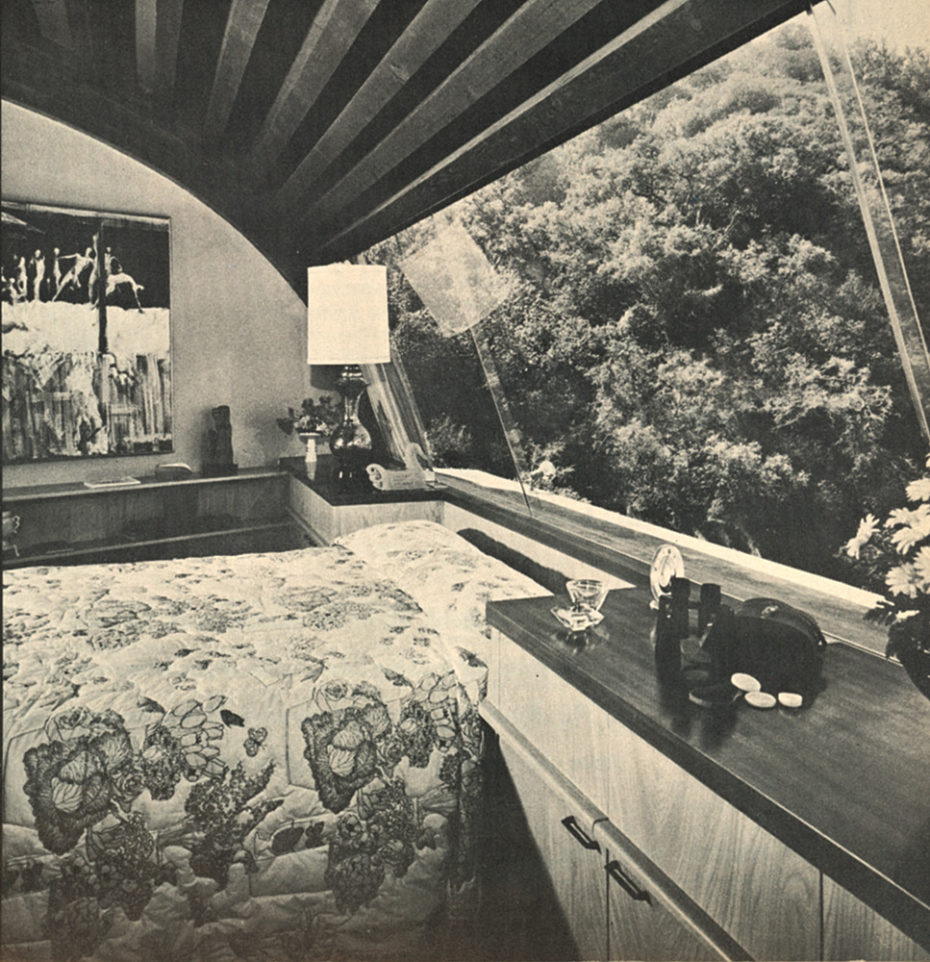
The building, which the Encyclopædia Britannica once called “the most modern home built in the world”. The Malin family sold in the early seventies to the house’s second owner, Dr. Richard Kuhn. He was stabbed to death there in a robbery by his lover and another man. Tainted with this horrifying legacy, filmmaker Brian De Palma chose the home for his 1984 movie Body Double as the plot’s key element, decked out with super gaudy ‘80′s decor. The film was a direct homage to the 1950s films of Alfred Hitchcock, specifically Rear Window, Vertigo and Dial M for Murder.
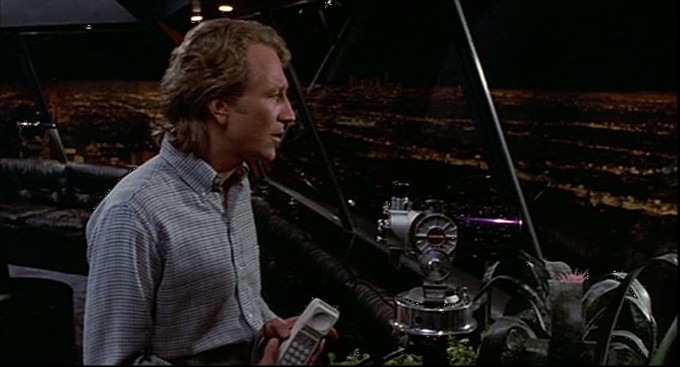
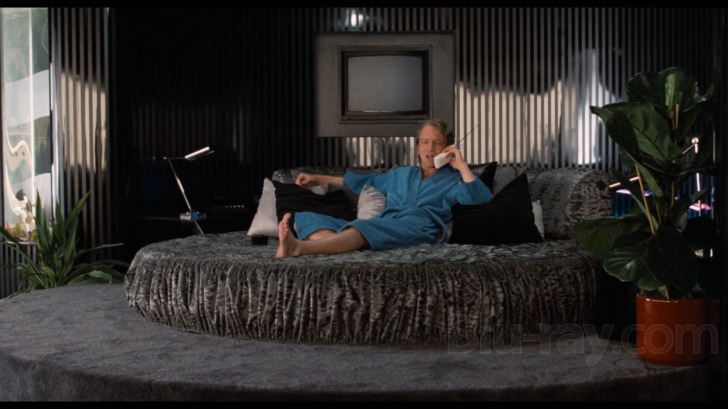
Although the Chemosphere spent much of the 90s being neglected as a rental, Benedikt Taschen, of the German publishing house Taschen, bought it in 1998 and invested in a costly restoration, which saw the city of Los Angeles declaring the residence a historic-cultural monument, admired for both the ingenuity of its solution to the difficult plot of land and its futuristic design. “It’s the responsibility of the owner to preserve it for future generations, because a house like this doesn’t belong to one or two people: It belongs to mankind.” – Benedikt Taschen, referring the the Chemosphere.
The home is still privately owned, so you can’t taste the view but certainly can admire the exterior if you drive by 7776 Torreyson Dr, Los Angeles, CA 90046, USA.
The Ennis House, LA
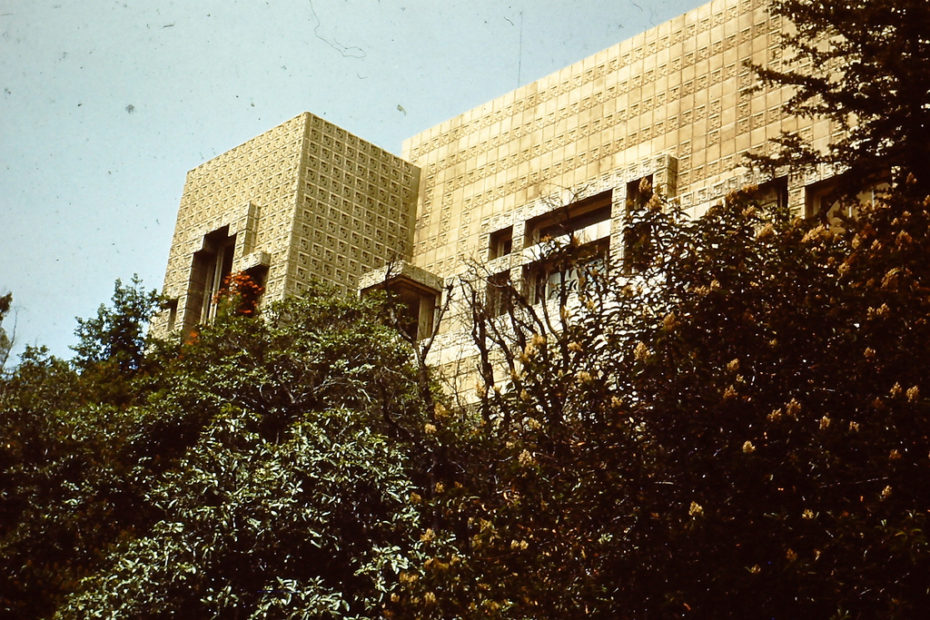
The Ennis House designed in 1923 by Frank Lloyd Wright for Charles and Mabel Ennis may be the most prolific co-star of any house on this list. Numerous movie characters lived here in over 80 films and television shows, and one of the reasons for its popularity is its visually striking features. With over 27,000 blocks, this Mayan Revival architecture is the largest of Wright’s textile block designs.
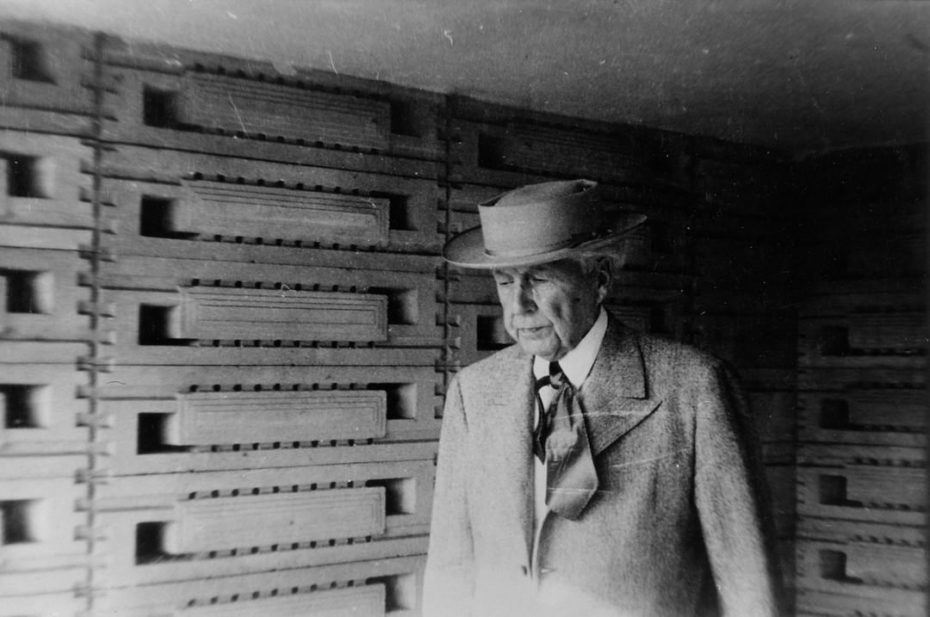
“It’s better suited to sheltering a Mayan god than an American family,” wrote critic Brendan Gill of the Ennis estate. It’s austere, concrete blocks were like nothing else in Los Angeles at the time (this was Spanish Revival heyday).
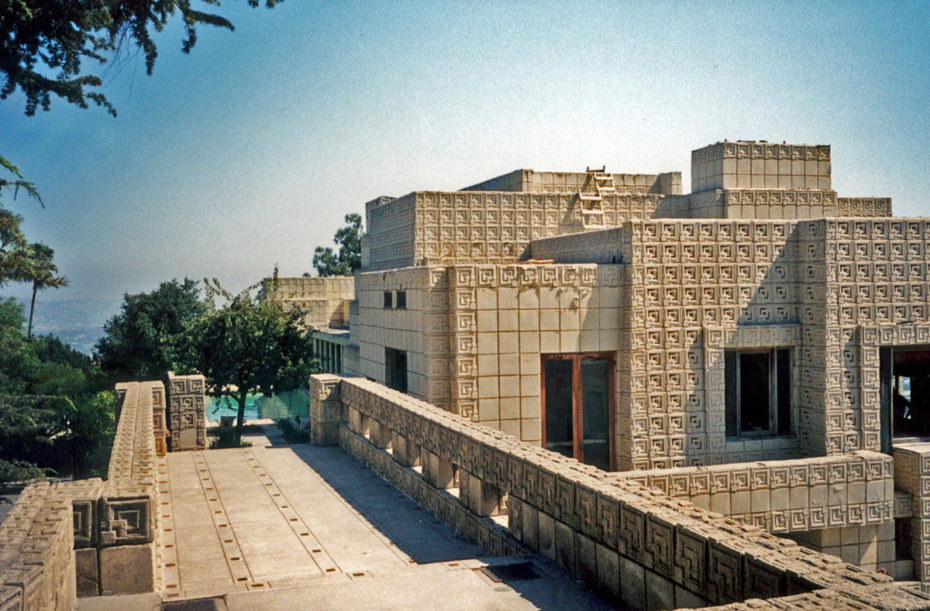
Like on each of his textile block residences, there is a design pattern. A Greek key design, resembling a stylized “g”, stands for the Masonic order that Charles Ennis belonged to. In his autobiography, Wright wrote: “The concrete block? The cheapest (and ugliest) thing in the building world…Why not see what could be done with that gutter-rat?”
In the movie Black Rain, we can glance inside the home when our hero Nick Conklin (Michael Douglas) gets granted a meeting with Yakuza chieftain Sugai (Tomisaburô Wakayama).
The Los Feliz Mayan revival has played in everything from the mansion in The House on Haunted Hill in 1958 to Harrison Ford’s dystopian apartment in 1982’s Blade Runner. David Lynch also used Ennis House for a few segments of the show Twin Peaks. Another reason why the house has been a favourite home for Hollywood’s characters is because the Trust for Preservation of Cultural Heritage owned it and made it an affordable location to shoot in.
Located in the Los Feliz Hills, the Ennis House is now privately owned, but if you were hoping to take a look around, tne stipulation of the sale was that the house would be open to the public for at least 12 days every year. Visit the Mayan Revival Ennis house by contacting the Los Angeles Conservancy.
The Sheats-Goldstein Residence, LA
Built between 1961 and 1963 on the edge of Beverly Hills in Beverley Crest, this residence is a John Lautner creation, one of Frank Lloyd Wright’s most successful apprentices. In 1998, the Coen brothers used this incredible location to shoot The Big Lebowski, as the Malibu home of a pornographer. The house has also been featured in Charlie’s Angels: Full Throttle and Bandits.
Lautner used concrete and leather materials, surrounding the guest with a luxuriant jungle and large bay windows, sometimes fully glazed, prolonging the space and blurring the limit with the outside.
The house officially opened to the public in 2016 when homeowner James Goldstein, the eccentric billionaire and world’s #1 basketball fan, donated it to the L.A art museum. The museum will offer limited tours while Goldstein is still living there and hopes to open up the house for fundraisers and conferences in the future.
The Boulder Reign house, Arizona
Located on the outskirts of the city of Carefree in Arizona, the Boulder Reign house sits on a hill, elevated like an observation post. The boulders that comprise 60% of the structure are roughly 1.6 billion years old. It is believed that it used to be an encampment for ancient Native American tribes.
It’s strikingly similar, if not directly inspired by the Modernist house in Alfred Hitchcock’s North by Northwest. Hitchcock’s 1959 movie was one of the first to establish modernism as the successful villain style of choice, which became the trademark of all Bond movies…
The real-life home in the desert (below) was designed by Hiram Hudson Benedict, protégé of Frank Loyd Wright and friend of Paolo Soleri, the Italian architect who established the educational Cosanti Foundation and Arcosanti. The landscape was designed by Lois Grace Benedict, the wife of Hiram Benedict Hudson.
In the 1970s cult film Zabriskie Point, the house serves as the desert retreat of Lewis Allen (played by Rod Taylor), the head of a real-estate firm who is having an affair with a young woman named Daria. In the epic last scene of the movie, Daria blows up the house by use of her telekinetic powers. The Boulder Reign House, in all its natural majesty, is exploded into a million pieces in a slow-motion sequence backed by Pink Floyd’s “Careful With That Explosion.” Hiram Hudson Benedict served as technical advisor on the shoot and helped design the scale model that was blown up on the Carefree studio lot. Seventeen cameras were used to capture the moment, allowing the explosion to repeat in the sequence from different angles and build up in intensity.
The original house is on the National Register of Historic Places, so you can see it just as it stood in 1970 when you approach the city of Carefree from the south.
The Hollyhock House, LA
If you have to sacrifice men regularly, you might as well stay away from prying eyes and do it in a place like The Hollyhock House. Another Frank Lloyd Wright pile perched on a vast hilltop in East Hollywood, this was his first commission for oil heiress and car racer Aline Barnsdall.
A feminist ahead of her time with a passion for the performing arts, Aline hired Wright to build a “progressive theatrical community”, a complex consisting of a theatre, studio space, dorms for actors, homes for visiting directors, and a massive private residence for herself on the vast 36-acre property, designed with Mayan and Japanese influences in a style that Wright dubbed “California Romanza.”
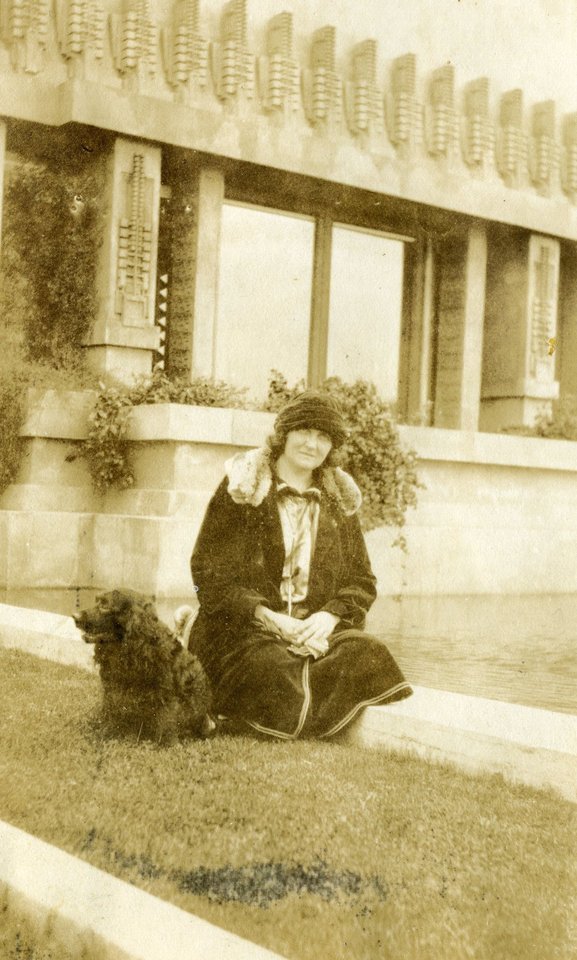
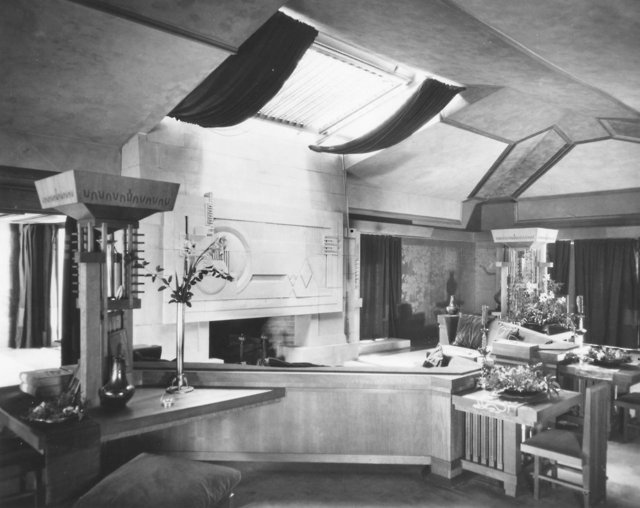
In 1923, after growing to resent the house and its impracticalities and staggering cost overruns, Aline offered the land and its buildings to Los Angeles as an art park. She actually fired Wright before its completion in 1921 and of the elaborate complex of residences that were intended, only the Hollyhock House and two secondary homes were constructed.
Film director J. F. Lawton used it as his temple for the Piranha Women, in Cannibal Women in the Avocado Jungle of Death, about a group of feminist cannibal women hiding in the jungle; a spoof of Joseph Conrad’s 1899 novel Heart of Darkness. In the movie, the U.S. government recruits feminist professor Margo Hunt (Shannon Tweed) to protect the nation’s avocado supplies.
Take a virtual tour here:
Located at 4808 Hollywood Boulevard, Los Angeles, California, the Hollyhock House and seven other U.S. sites designed by Frank Lloyd Wright joined the UNESCO World Heritage Sites list. Now known as the Barnsdall Art Park, learn about visiting here.
The Juvet Hotel (the Ex Machina Mansion)
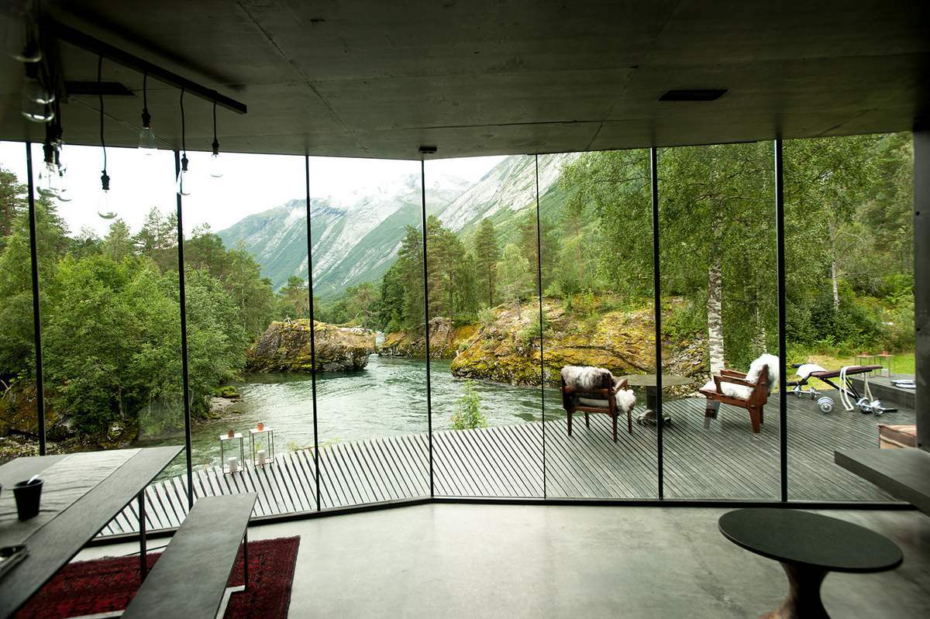
The stunning billionaire’s modernist mansion in Ex Machina is real, except is not a home but the Juvet Landscape Hotel in Valldal, Norway.
In the 2015 film “Ex Machina,” a tech billionaire (Nathan Bateman) creates an artificially intelligent humanoid robot inside his lab-mansion in the woods.
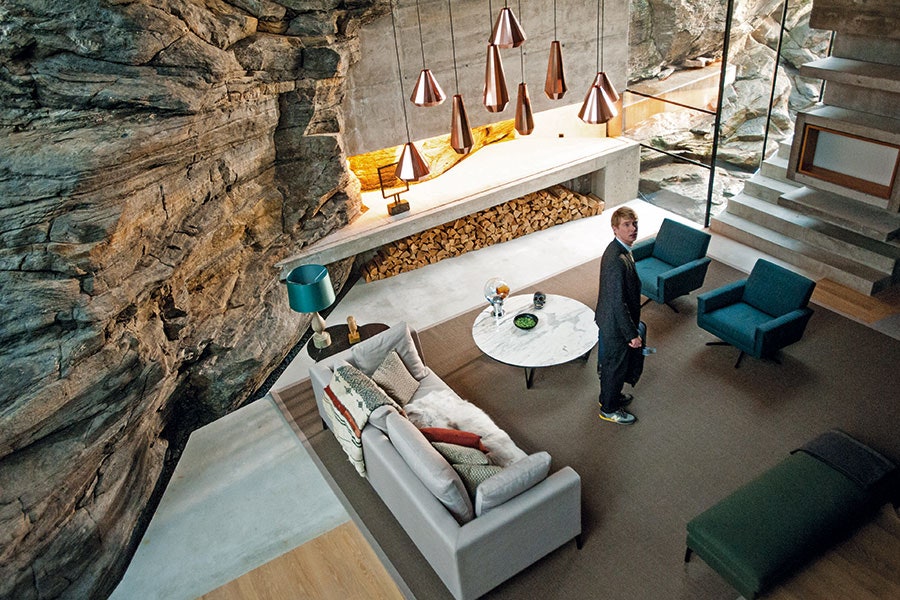
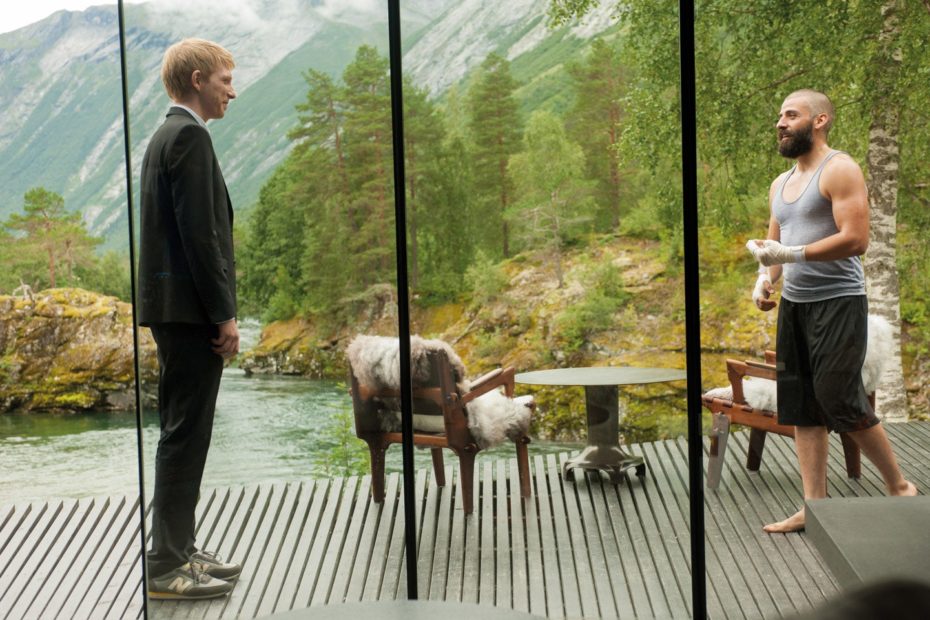
The Hotel is made up of nine wood-paneled pods scattered throughout the woods. Tucked inside a rural village by the mountains and a river, the surrounding nature is an integral part of the experience. You can book a room in the hotel from about $200 a night.
Casa Malaparte, Capri

Casa Malaparte was the home of Italian writer Curzio Malaparte, whose Wikipedia page reads like a real-life take on a Bond villain’s resumé. One of the intellectuals who supported the rise of Italian fascism and Benito Mussolini, he was originally born Kurt Erich Suckert, but chose Malaparte (meaning bad side) as a playful riff on Bonaparte (good side). In 1937, he built his house, Casa Malaparte, perched on a cliff 32 metres above sea level on the Isle of Capri, where he later lived under house arrest.
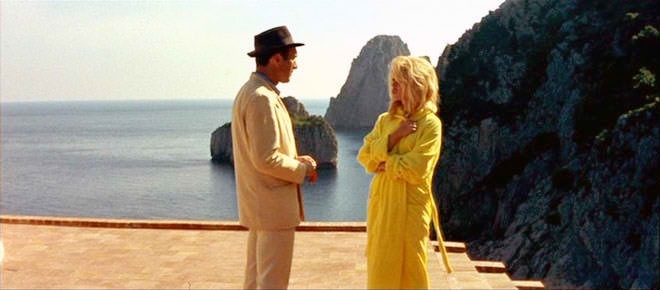
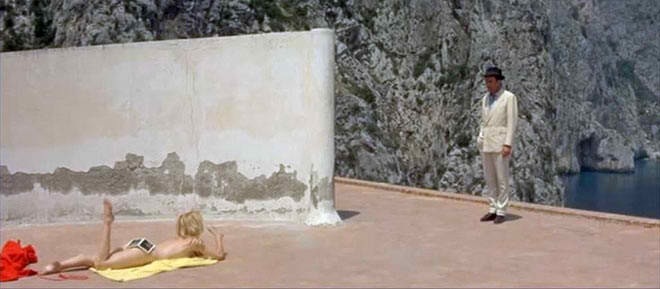
After his death, the house would took on a starring role in one of Brigitte Bardot’s most iconic films, Le Mépris, by Jean-Luc Godard. But to this day, no one is exactly sure who to credit for the design. While it’s said Casa Malaparte was originally designed by well-known Italian architect Adalberto Libera, Malaparte allegedly rejected Libera’s design and built the home himself with the help of Adolfo Amitrano, a local stonemason.
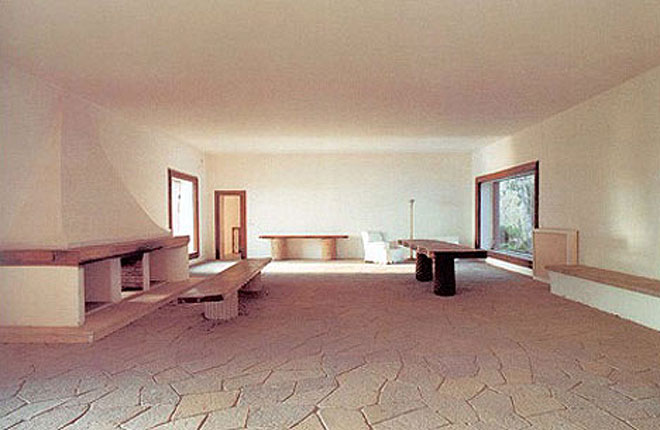
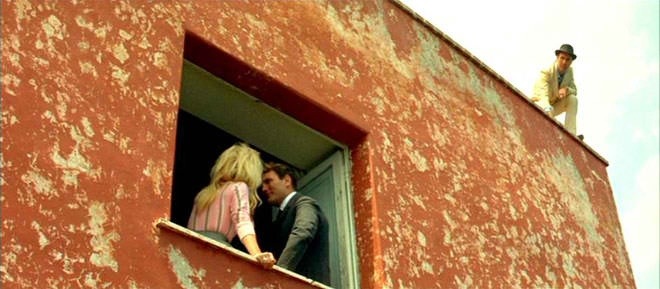
Despite being one of the best examples of Italian modern and contemporary architecture today, when Le Mépris was filmed at the house in 1963, it was abandoned and already suffering from neglect, vandalism and damage from the natural elements.
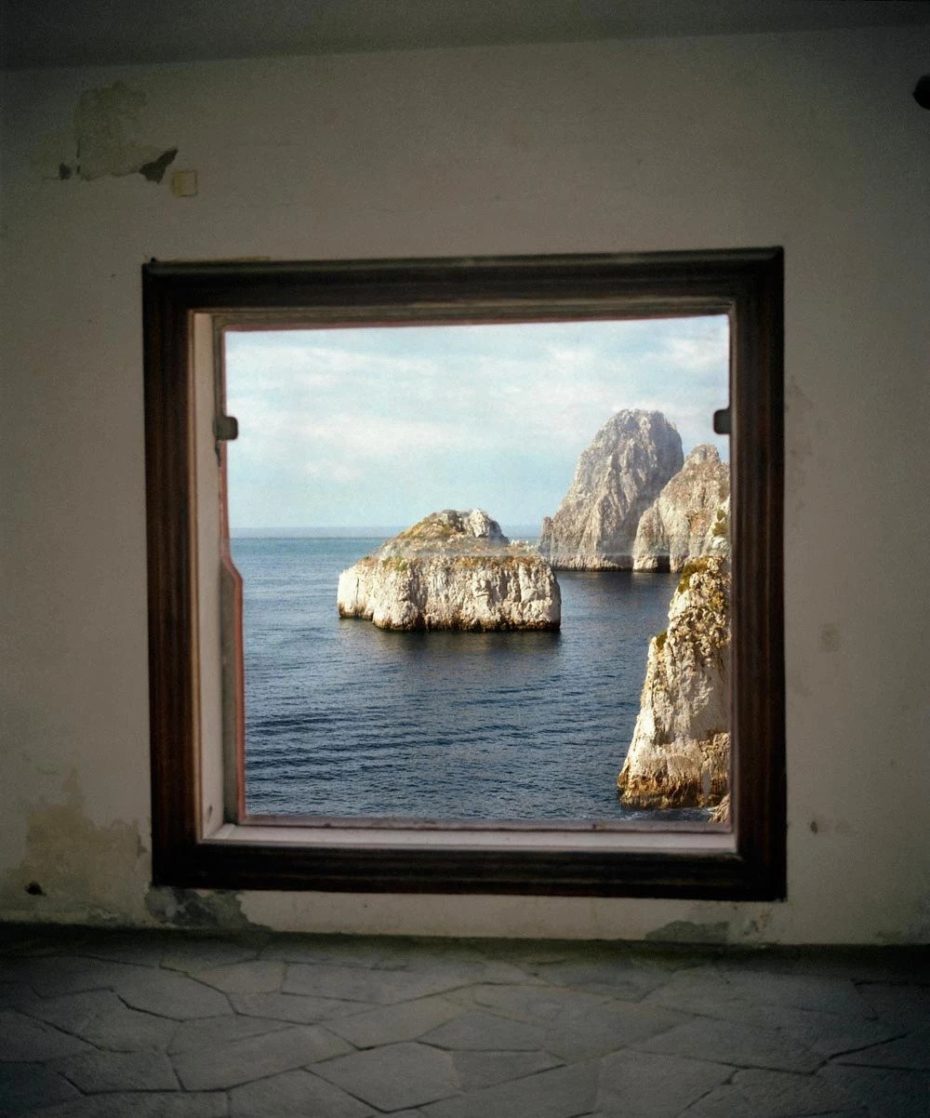
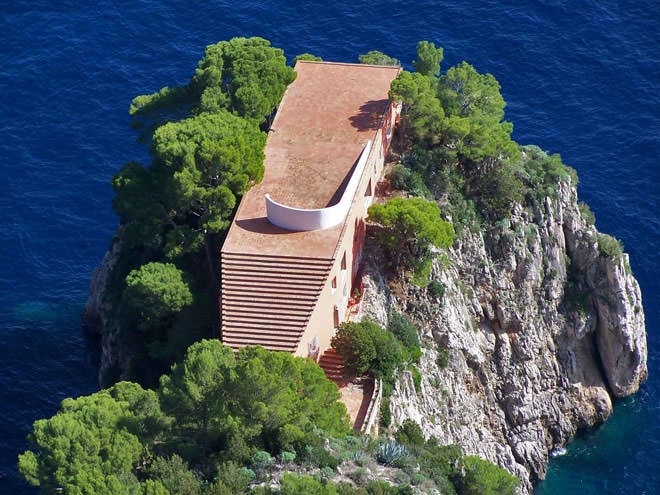
The house was not properly restored until the early 90s after it was donated to the Foundation Giorgio Ronchi in the 1970s and today is used for study and cultural events. Hikers can reach the house along the Pizzolungo path that leads to the Arco Naturale and viewed from a walk way above it.


